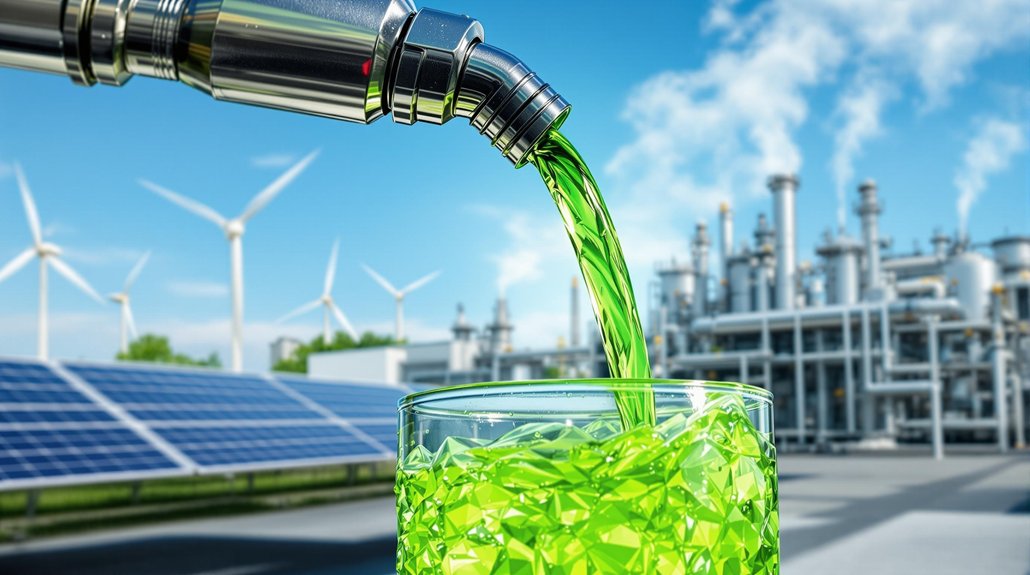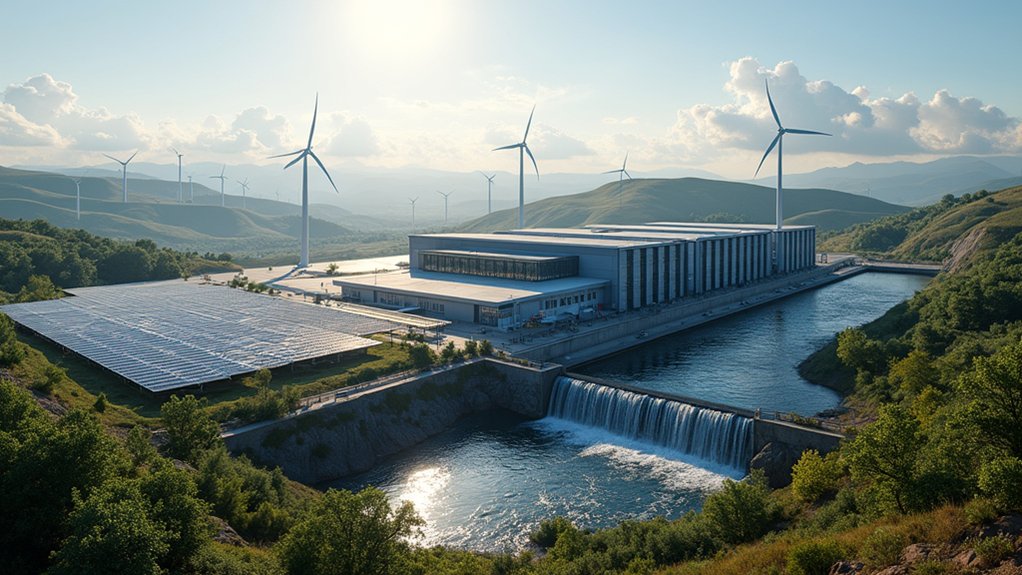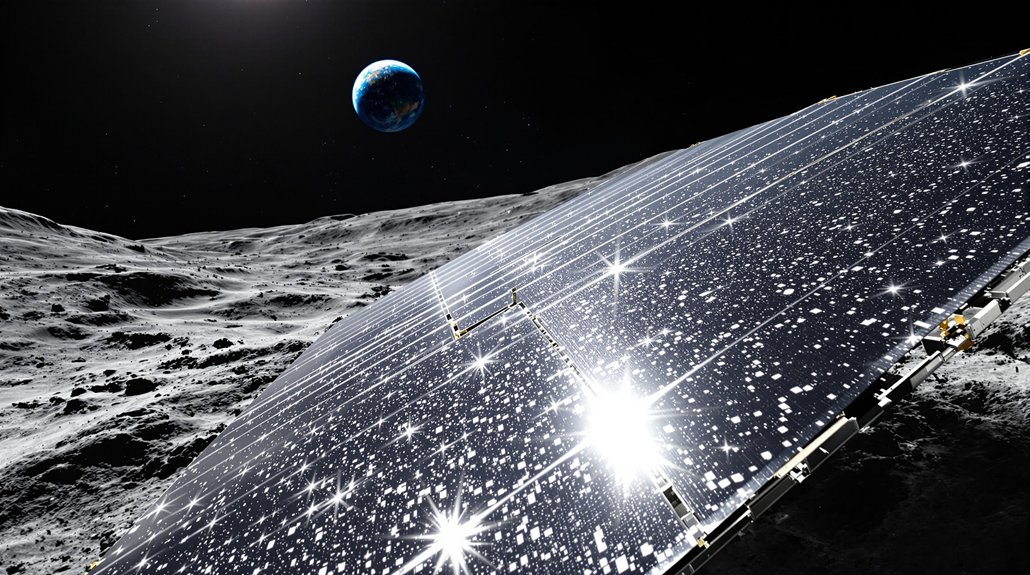Scientists are exploring a new frontier in renewable energy: raindrops. When rain falls on special materials called piezoelectrics, it creates small amounts of electricity. This technology could work alongside solar panels during storms when sunlight is limited. Cities with frequent rainfall might benefit most from this innovation. The energy captured is small now, but researchers believe it could eventually power small devices or contribute to local grids. What happens when this overlooked resource meets growing energy demands?
As the world faces growing concerns about climate change, clean energy generation has become a central focus in efforts to reduce greenhouse gas emissions. Clean energy sources don’t directly emit greenhouse gases when they produce electricity. These include wind, solar, nuclear, and hydropower technologies that are helping countries move away from fossil fuels.
Renewable energy, which comes from naturally replenishing sources, forms a major part of the clean energy landscape. Hydropower currently leads in installed capacity worldwide, with wind and solar growing rapidly. The costs of solar and wind power have fallen dramatically in recent years, making them increasingly competitive with conventional energy sources. Solar panel manufacturing costs have decreased so much that solar energy is now often the cheapest source of electricity in many regions. By 2027, renewables are expected to meet 95% of growth in global electricity demand.
Scientists and energy experts agree that shifting to clean energy systems is essential for limiting global temperature rise. The change isn’t just good for the planet—it also improves air quality and reduces pollution-related health problems in communities near power plants.
To reach a goal of 100% clean electricity by 2035, countries would need to triple their generation capacity compared to 2020 levels. This means installing about 2 terawatts of wind and solar capacity, while also expanding nuclear power, hydropower, and geothermal energy. Recent projections suggest that renewable electricity generation will surpass coal by 2025, marking a historic turning point in the global energy landscape.
One of the biggest challenges with renewable sources like wind and solar is their intermittency—the sun doesn’t always shine, and the wind doesn’t always blow. Energy storage is the key to solving this problem. Short-term storage systems will need to grow to 120-350 gigawatts by 2035, with seasonal storage becoming vital as clean energy approaches 80-95% of total generation.
The clean energy transformation also requires modernizing power grids and expanding transmission infrastructure to connect distant renewable resources to population centers. While upfront costs are substantial, strong policy support and market mechanisms like carbon pricing are helping to accelerate adoption worldwide.
Despite challenges with land use, manufacturing capacity, and infrastructure needs, the clean energy advancement continues to gain momentum as technologies improve and costs decline.








